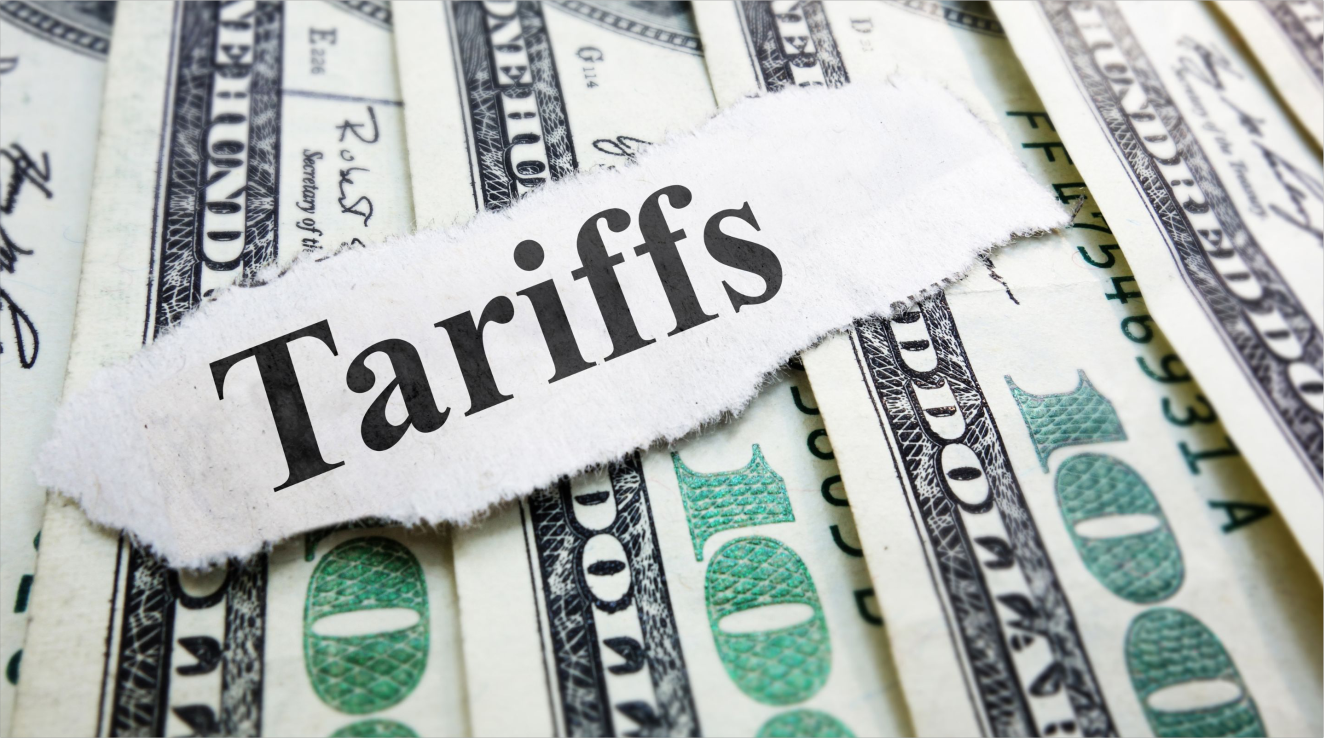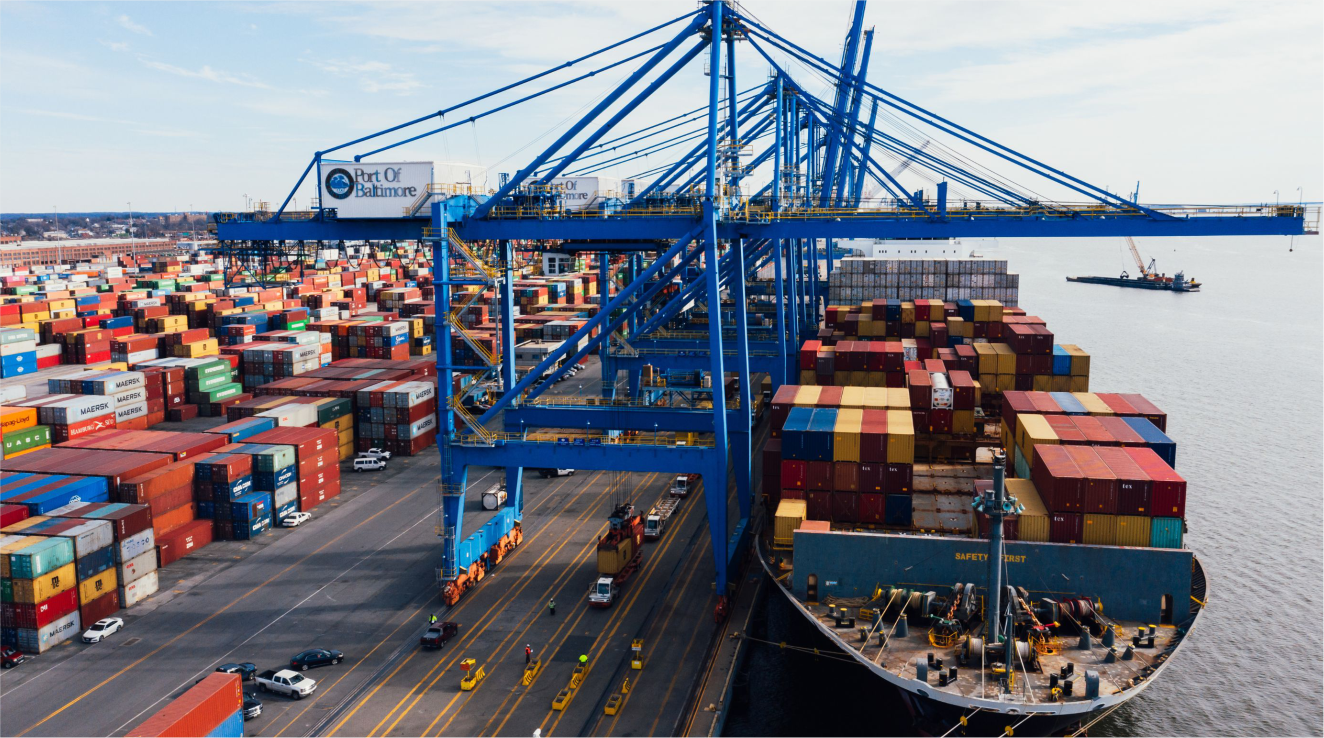The United States' decision to impose reciprocal tariffs on its trade partners starting April 2, 2025, is expected to have far-reaching implications for India's exports and its global competitiveness. This blog examines the potential impact of these tariffs on sectors for which USA is a major market or an emerging market for Indian goods.
Impact of US tariff on key sectors
Pharmaceuticals
The U.S. imports an average of USD 160 billion worth of pharmaceutical products annually, with India accounting for only 5.6% of these imports. However, India remains the largest supplier of low-cost generic medicines to the U.S., contributing 47% of total generic drug imports.
India exports USD 8.7 billion worth of generic drugs and USD 1 billion worth of Active Pharmaceutical Ingredients (APIs) to the U.S., while importing only USD 800 million worth of drugs from the U.S. If reciprocal tariffs are imposed, the cost of drugs for U.S. consumers will rise, and Indian pharmaceutical firms may have to absorb higher costs, affecting their profit margins and global competitiveness. Given that over 40% of India’s pharma exports are destined for the U.S., any tariff hike would pose a significant challenge for the industry.
Currently, Indian pharmaceutical exports to the U.S. face no tariffs, whereas India imposes duties ranging from 0–10% on U.S. drug imports, with most products under nil or minimal tariffs. Despite these concerns, experts believe Indian generics will remain in high demand due to their affordability and quality. Additionally, manufacturing these medicines in the U.S. would be significantly costlier than importing from India, reducing the likelihood of a production shift.
Textiles and Apparel
India is the third-largest supplier of textiles and apparel to the U.S., after China and Vietnam, with a 10% market share. While China's share has declined at a CAGR of 9.4% from 2020 to 2024, India’s exports to the U.S. have grown at a CAGR of 9.1% over the same period.
India’s textile and apparel exports to the U.S. stood at USD 10.8 billion in 2024, while its imports from the U.S. were only USD 0.41 billion (of which cotton accounted for 50.6%). The U.S. imposes tariffs between 2.5% and 7% on Indian apparel, while India levies duties between 5% and 12% on U.S. apparel imports.
Reciprocal tariffs could hinder India's growing presence in the U.S. textile market. However, it could also present an opportunity—if both countries agree to lower tariffs, India’s textile and apparel exports to the U.S. could rise from USD 10.8 billion to USD 16 billion by 2027. Even a modest 4% increase in India's market share could unlock an additional export opportunity worth over Rs. 25,000 crore.
Gems and Jewellery
The U.S. is India’s largest market for gems and jewellery, accounting for 30% of the sector’s total exports. Cut and polished diamonds make up the largest segment of India's jewellery exports to the U.S. Currently, India faces a 13%–15% tariff gap compared to the U.S. on gems, jewellery, and precious stones.
Reciprocal tariffs could severely impact the industry's growth, potentially leading to an almost 50% decline in exports, according to industry sources. This could result in direct and indirect job losses, with many manufacturers relocating to other countries, ultimately threatening India’s position as a global leader in this sector.
Agricultural products
India imposes significantly higher tariffs than the U.S., particularly on agricultural commodities. India’s simple average tariff stands at 39%, with a trade-weighted average of 65%, compared to the U.S.’s 5% and 4%, respectively. India’s agricultural exports could face a significant decline if the U.S. imposes reciprocal tariffs on imports from India.
Currently, India’s frozen shrimp exports to the U.S.—its largest market for shrimp—face zero duty, while India imposes a 30% duty on frozen shrimp imports. In FY24, India exported approximately USD 7.38 billion worth of seafood to the U.S., accounting for 35% of its total seafood exports. Of this, shrimp exports made up more than 92% of the total exports to the U.S., while India primarily imports Atlantic salmon from the U.S. Given this scenario, the industry is advocating for the abolition of import duties on seafood, except for a few varieties—such as basa from Vietnam and sardine from the Gulf—to protect local species.
Other agricultural products facing a high tariff differential include food preparations (currently at 150%), walnuts (100%), dairy products (30-60%), and cut chicken legs (100%), while semi-milled and wholly milled rice face an 11.2% tariff. A blanket tariff hike by the U.S. would reduce India’s competitiveness in these products compared to its rivals, such as Vietnam, Thailand, and Indonesia.
Conclusion
The imposition of reciprocal tariffs by the U.S. could have a profound impact on India’s key export sectors. While some industries may face immediate challenges, opportunities for negotiation and tariff reduction could also emerge, helping mitigate potential losses. India must carefully assess its trade policies and explore avenues for dialogue with the U.S. to ensure that its export sectors remain competitive in the evolving global trade landscape.













